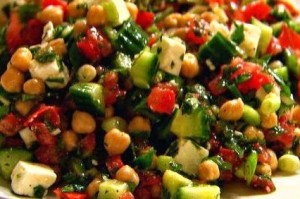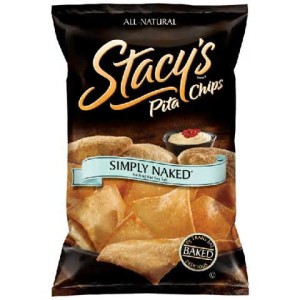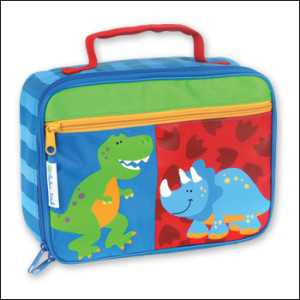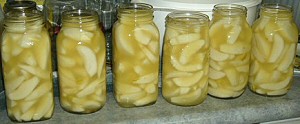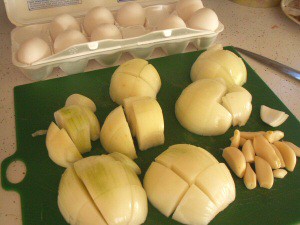
Bulk cooking can be a lifesaver, or it can seem like a chore and a bore, depending on your viewpoint. Some people call it OAMC (Once a Month Cooking) or Freezer Cooking; regardless of the name, the concept is the same: cook or assemble meals ahead of time.
I became really familiar with the concept after reading America’s Cheapest Family. As an admitted Steve & Annette super fan, I’ve enjoyed trying a lot of their tips. While they take it to an extreme—shopping and cooking only once a month—I’ve found that I prefer to do it on a smaller scale.
When I started experimenting with it, my goal was to save time and money. This is accomplished by shopping the sales and stocking up at rock bottom prices, then planning a menu based on those sale items, and finally cooking items ahead and freezing for future use. I’m also able to take advantage of clearance deals like 8 dozen eggs.
In theory, you’ll use fewer dishes and electricity, too. For example, instead of using the oven daily for one dinner, you can use a single baking sheet and cook tons of meat, shred it, and store it for the future.
Because marathon kitchen days can seem incredibly daunting and every family has different cooking needs and styles, it’s best to customize. Don’t go overboard and attempt 30 meals at once. Start slow and see what actually helps you, rather than creating more of a burden.
Some of the things I regularly make ahead and freeze are beef, poultry, chopped veggies/fruit, muffins, pancakes/waffles, and anything I find marked down that can’t be eaten immediately.
Other things that I’ve frozen successfully include lasagna, breakfast sandwiches, mashed potatoes, pesto/pasta sauce, soups, casseroles and reduced dairy products.
My favorite meat to bulk cook is chicken because it’s so versatile. Sometimes I do whole chickens, but usually it’s breasts. I season it with just salt/pepper, let it cool and then shred. 2-3 cups of the shreds go into each Ziploc. Around Thanksgiving when turkeys are cheap, I’ll cook a couple and shred those, too, but we prefer chicken. This meat will then become BBQ sliders, burrito bowls, tossed with pasta, etc.
Another staple is cooked ground beef. Anytime I find a good sale on some leaner burger meat, I’ll buy 10-lbs or more, depending on available freezer space. Sometimes I simply sauté it, and other times I make meatballs or burger patties.
When sautéing meat, I use my largest skillet and fry it in batches with some chopped onions/peppers, garlic, and salt/pepper added. It’s drained of grease, fully cooled, and then frozen in 2-3 cup portions. That meat is so handy to have available for last minute tacos, burritos, chili, stuffed peppers, etc.
For meatballs, I use a large bowl and double or triple the recipe. They can be frozen fully cooked or raw, and both ways turn out fine; it just depends how much energy I have. These are great for pasta dishes, meatball subs, or a quick appetizer.
When freezing, here are some important tips that help:
Wrap foods securely—Nothing is worse than finding out food must be tossed due to freezer burn. I like to use thick freezer bags and/or aluminum foil. I don’t like freezing in saran wrap because it can rip. Many people love using a Food Saver. I have no experience with them, but it’s a good option if you can afford/borrow one.
Label foods well—Be sure to put the date and the exact contents. I learned this the hard way when I had 5 mystery bags and defrosted everything because I’d forgotten. Imagine my surprise when all 5 were cooked chicken!
Rotate—If you’re constantly adding new items, put the oldest on top or in front so they don’t get overlooked or spoil.
Organize—A freezer needs to be organized if you want to be efficient. I have a side-by-side fridge/freezer combo, so I’m somewhat space challenged. I’d love to invest in a chest freezer in the future, but for now, I use the shelves I have and try to group meats in one place, baked goods in another, etc. For best energy consumption, make sure the freezer is full, but not so tightly packed air can’t circulate (this also helps if the power ever goes out).
Need some inspiration? Check two of my favorite bulk cooking day results:
#1
#2
Like this:
Like Loading...

